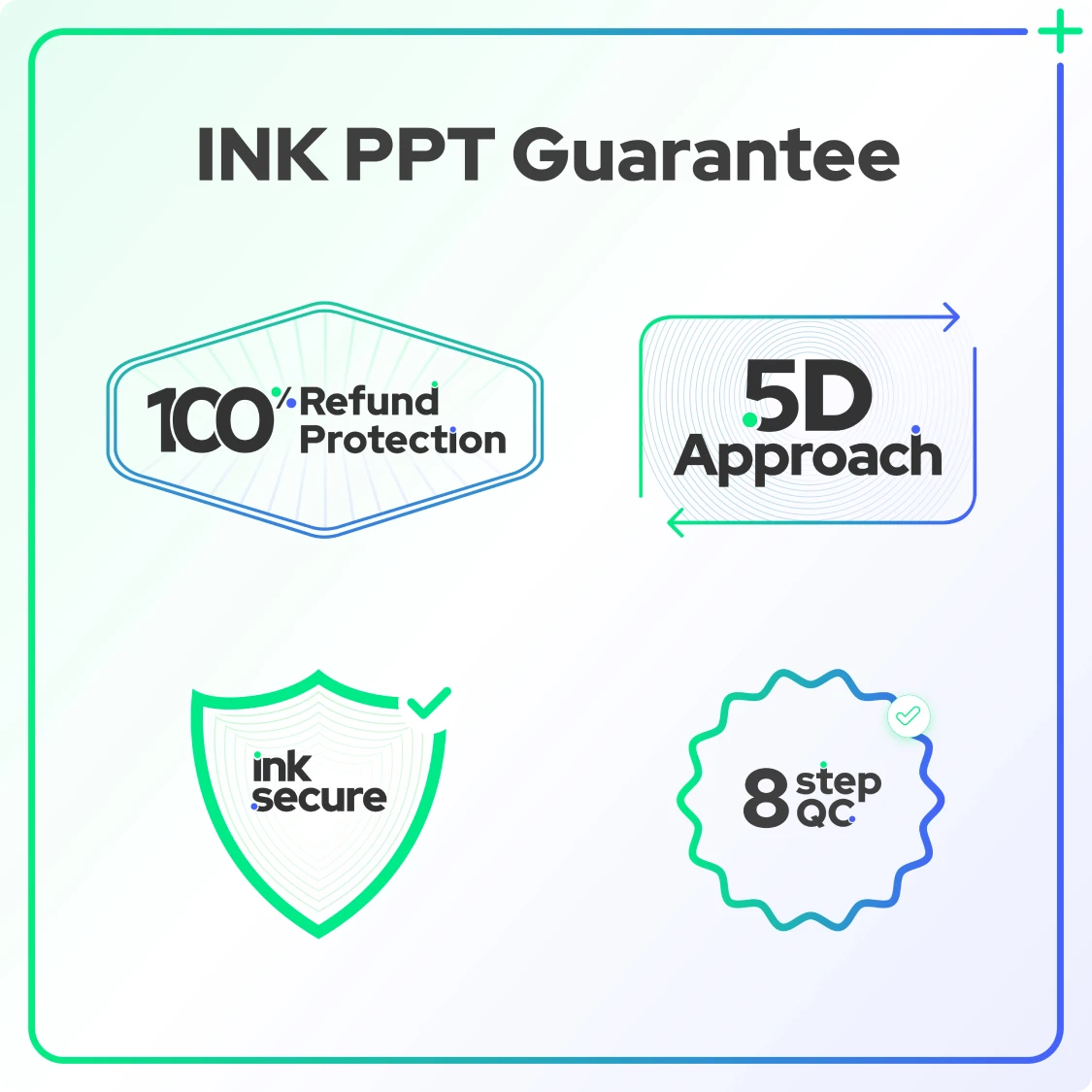Contact Us
Let’s Partner for Your Next Big Presentation
Consult with our Business Advisor


INK PPT is excited to announce that we've acquired PresentationPanda.com. Our goal is to build on the rich content that PresentationPanda.com is known for by offering more in-depth insights, thorough guides, and creative strategies to help you take your presentations to the next level.
On the other hand, PowerPoint, a staple in many professional environments, provides extensive customization options and robust features, making it suitable for more complex presentations. It supports advanced formatting, animations, and multimedia integration, which are essential for detailed and professional slides. PowerPoint's compatibility with various devices and its ability to handle larger presentations (beyond Canva's limit of 30 slides) make it a preferred choice for corporate settings.
Both tools have their limitations: Canva's simplicity may not satisfy users who need more control over design elements, while PowerPoint's cost and potentially steep learning curve might be a barrier for some users. The choice between PowerPoint and Canva largely depends on the user's specific needs, design preferences, and the complexity of the presentation. Whether for quick, engaging presentations or detailed, professional slides, understanding the strengths and weaknesses of each tool can help users select the best option for their projects.

Canva has revolutionised the way we approach design, offering an intuitive and user-friendly platform that caters to both beginners and seasoned designers. Initially launched to simplify the design process, Canva has quickly become a favorite among millions, boasting over 10 million users worldwide. Its appeal lies in its simplicity and versatility, making it accessible to everyone, regardless of their design experience.
Designed to be straightforward, Canva allows users to create a variety of visual content, with presentations being one of its core features. The platform is web-based, meaning users can access their designs from anywhere without the need for powerful hardware. Canva's drag-and-drop interface makes it easy to arrange elements, choose templates, and apply design elements like images, fonts, and colors with minimal effort.
One of Canva's biggest advantages is its extensive library of templates and design assets. Users can choose from a wide range of pre-designed templates that are customizable to suit specific needs, whether for a professional business presentation or a casual slideshow. Canva also provides a selection of free and premium elements, including stock photos, icons, and fonts, which enhance the creative possibilities for users.
Canva's affordability is another key selling point. The basic version is free, offering a wealth of features suitable for many design tasks. For those needing more advanced features, Canva for Work offers a subscription service that unlocks additional capabilities, such as team collaboration tools and premium design assets.
Overall, Canva's ease of use, combined with its affordability and comprehensive design features, make it a popular choice for users looking to create visually appealing presentations without a steep learning curve. Whether for professional or personal use, Canva provides the tools needed to produce high-quality presentations efficiently and effectively.
So, What’s the Big Deal?

PowerPoint, a flagship product of Microsoft, is renowned for its robust set of features and versatility, making it a staple in presentations worldwide. With a user base of around 500 million, PowerPoint remains a favorite in many professional environments. At INK PPT, we have a particular affinity for PowerPoint, offering templates designed specifically for this platform. Despite our preference, we recognize the unique strengths and limitations of PowerPoint.
PowerPoint Pros:

PowerPoint Cons:
PowerPoint remains a powerful and versatile tool for presentation design, favoured for its extensive feature set and compatibility. However, its cost and some limitations in design flexibility are important considerations for potential users.
Both PowerPoint and Canva have their advantages and disadvantages. Canva is ideal for quick, simple, and aesthetically pleasing slides, while PowerPoint offers extensive customization and robust features for more professional presentations.
Whichever program you choose, avoid boring, uncreative presentations with lots of bullet points. Check out the rest of our blog for tips on making great presentations!
What do you think? When it comes to PowerPoint vs. Canva, are you partial to Canva or PowerPoint, or do you use another program entirely? Did we miss any of your favorite features or biggest pet peeves? Let us know!
Q1) What are the main differences between PowerPoint and Canva?
A) PowerPoint is known for its robust features and customization options, making it ideal for professional, detailed presentations. Canva, on the other hand, excels in simplicity and ease of use, with a focus on quick, visually appealing designs.
Q2) Is Canva free to use for presentations?
A) Yes, Canva offers a free version with access to a variety of templates and design elements. Premium features are available with Canva for Work at $12.95 per month.
Q3) Can I use PowerPoint without a subscription?
A) While PowerPoint typically requires a purchase or subscription through Office 365, there are limited free trials available.
Q4) Which tool is better for beginners?
A) Canva is generally more user-friendly and accessible for beginners due to its simple interface and drag-and-drop functionality.
Q4) Does PowerPoint support multimedia integration?
A) Yes, PowerPoint allows users to insert and record videos and includes advanced features like animations and hyperlinked content.
Ready to elevate your presentations? Whether you choose PowerPoint or Canva, make sure to leverage their unique features to create compelling slides. Explore our blog for more tips and tutorials to enhance your presentation skills. Have a preference between PowerPoint and Canva, or use another tool? Share your thoughts and feedback in the comments below!
Hungry for more Essential Tools, Customer Acquisition Tools? Here are a few blogs you might like:
20 Essential Tools to Transform Your Presentations: Elevate Your Next Slide Show with INK PPT
Best Customer Acquisition Tools That Streamline Your Selling Process
Consult with our Business Advisor
